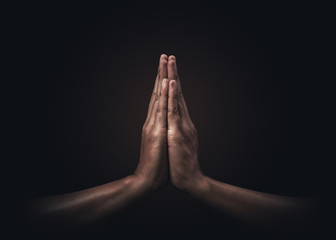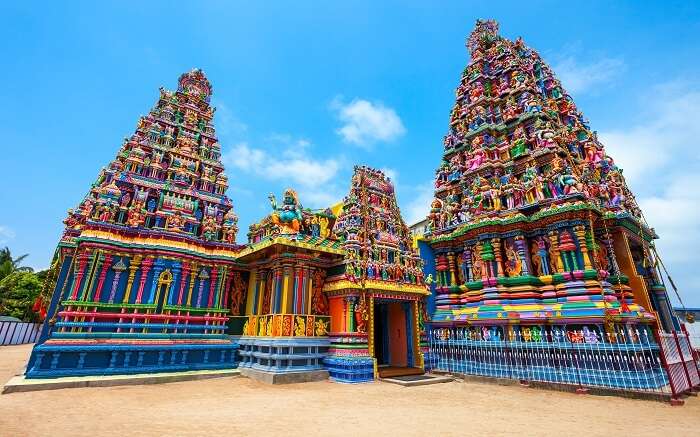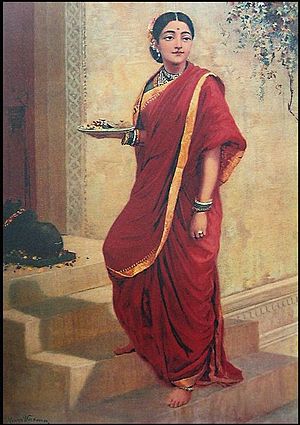Science and Scientific Reason Behind Indian Tradition and Culture - Part-1
Its been so
long I didn’t post any blogs. From today I will post some series about “Science
and Scientific Reason behind Indian Tradition and Culture”.
Let’s start!!
1. Why do we greet with namaste or namaskar?

Whenever we
meet someone, we greet by joint both palms as namaste in Indian culture.
What is the
reason for it?
There are
two reasons,
·
This
is called Anjali mudra in yoga it says the tips of our finger are major energy
points. When we join them the nerve circuits of the brain are linked to those
of the upper body. Affecting of calmness and well-being immediately descends.
·
As
at this time we can see many viruses spread by touching others or
giving handshakes. So, the whole world follows this kind of greeting now.
2. Why do temples have bells?

“Aagamartanthu
devaanaam gamanartanthu raakshasam kurve gantarvam thatra devadahwana lakshanam”.
Meaning – “I
start my worship ringing the bell praying that the divine may enter me and all
demonic forces within and without depart.”
What is the
reason?
The temple
bell is a beautifully crafted object made of several metals including Zinc,
Copper, Bronze, Cadmium, and many other alloys. The quantity of each metal is
based on a very accurate scientific calculation.
When the
bell is rung there will be an immediate harmony between the right and left of
the brain. The echo lasts 7 seconds which touches 7 chakras of the body.
A well-designed
bell could also produce the sound “OM”.
3. Why do we visit the temples?

Whenever we
visit any places in India, we find many temples. These temples were not just
built for beauty or to show their architectural skill
Scientific analysis
has today proven that these temples were built over areas of maximum positive
energy. The moolasthana or garbhagriha was built at the spot where energy was
maximum.
This point
indicated the place of maximum energy.
Below the
idols were Copper Plates with Vedic inscriptions capable of absorbing and
radiating energy.
When a person visits a temple and walks around the parikrama they come within the
radius of the magnetic field thereby imbibing a lot of positive energy.
4. Why do we worship idols?

The Upanishads
were texts of immense spiritual strength based on authentic scientific facts.
Idol is a
form of symbol.
For example
– when we hold a coin in the hand, we are aware of money power.
When an
idol is placed before a devotee it helps him to focus instantaneously
increasing concentration and thus enabling him to move easily to his higher self
and realms beyond.
The devotee
was free to choose the idol according to his inclination and likes this enable
instant concentration.
We worship
idols to concentrate in one place so we can understand abstract truths.
5. Why are silk clothes preferred while
doing pooja?

Silk has the
capacity to attract and absorb electromagnetic energy. The constant friction
between the cloth and the body creates an electromagnetic attraction.
When the devotee
did pooja wearing silk cloths. There will be an instant absorption of the
energy created which will be then transmitted to the devotee creating a feeling
of instant calm. The silk also prevented loss of energy thereby leading to
increased concentration.
I assume
you have read everything correctly. If you think this content is shareable then
do share with as many friends as possible. So, everyone gets to know the reason
why our ancestors made such rules. We of this generation always question these
things. Just a small information from me..
Next post
will be posted soon,
Until then
bye!!


🙏
ReplyDeleteಒಳ್ಳೆಯ ವಿಚಾರ
ReplyDeleteImportant for new generation
ReplyDelete